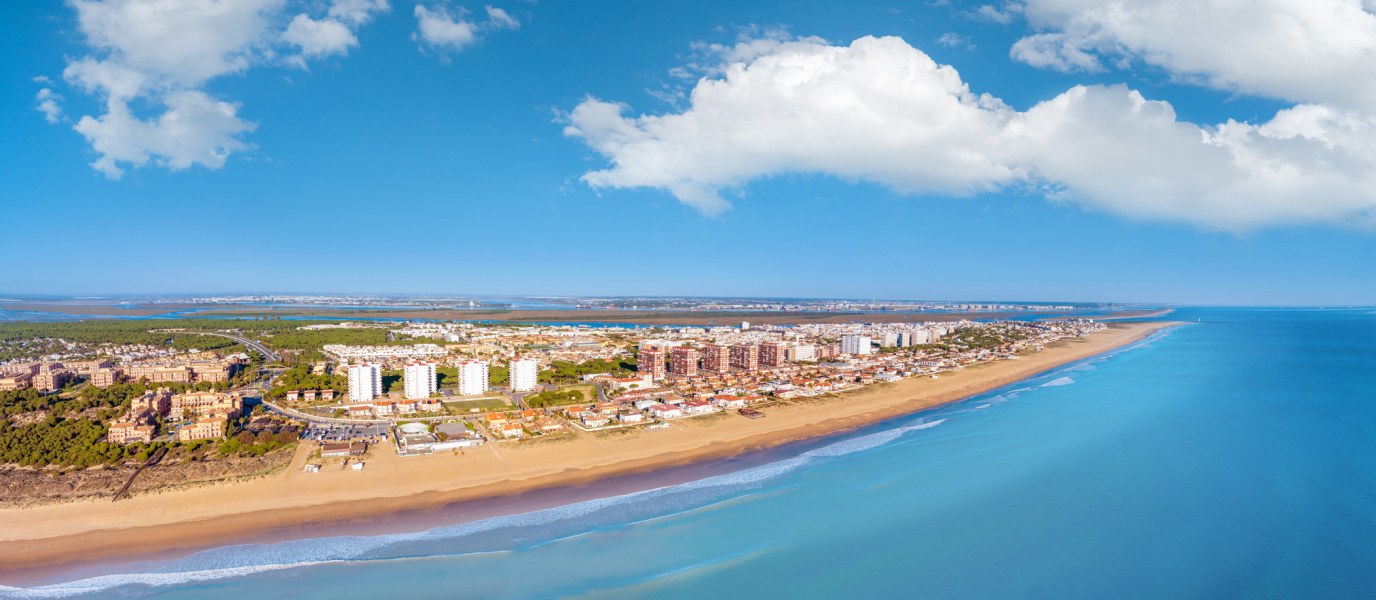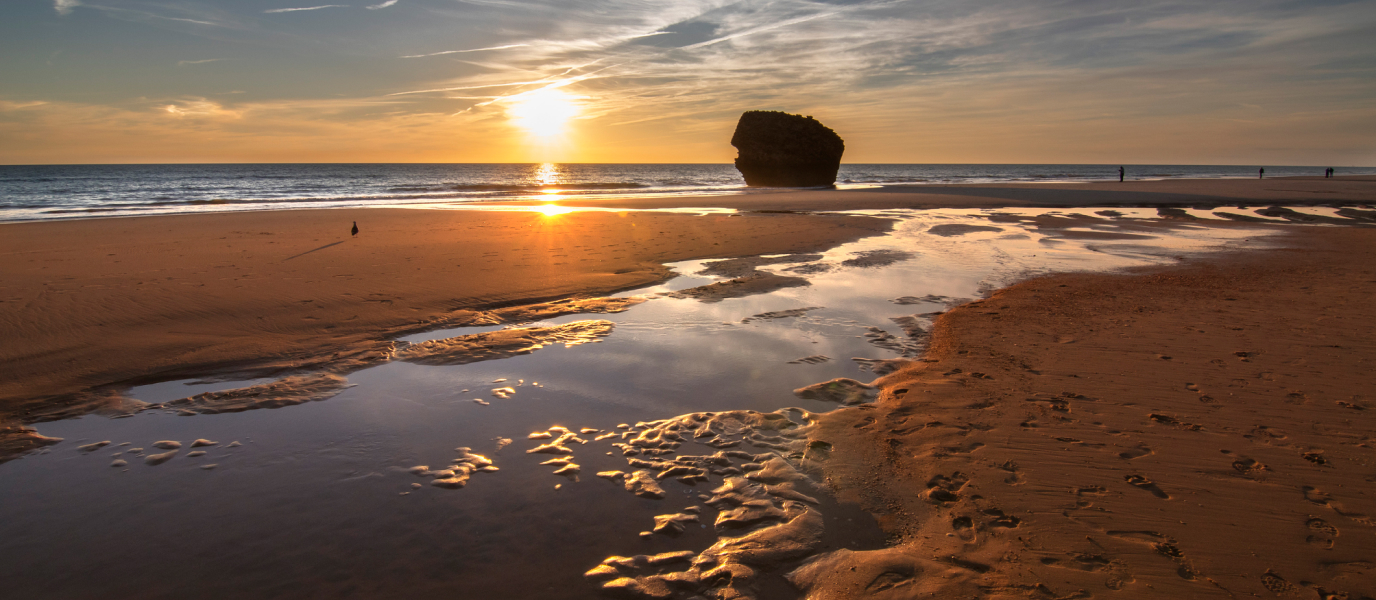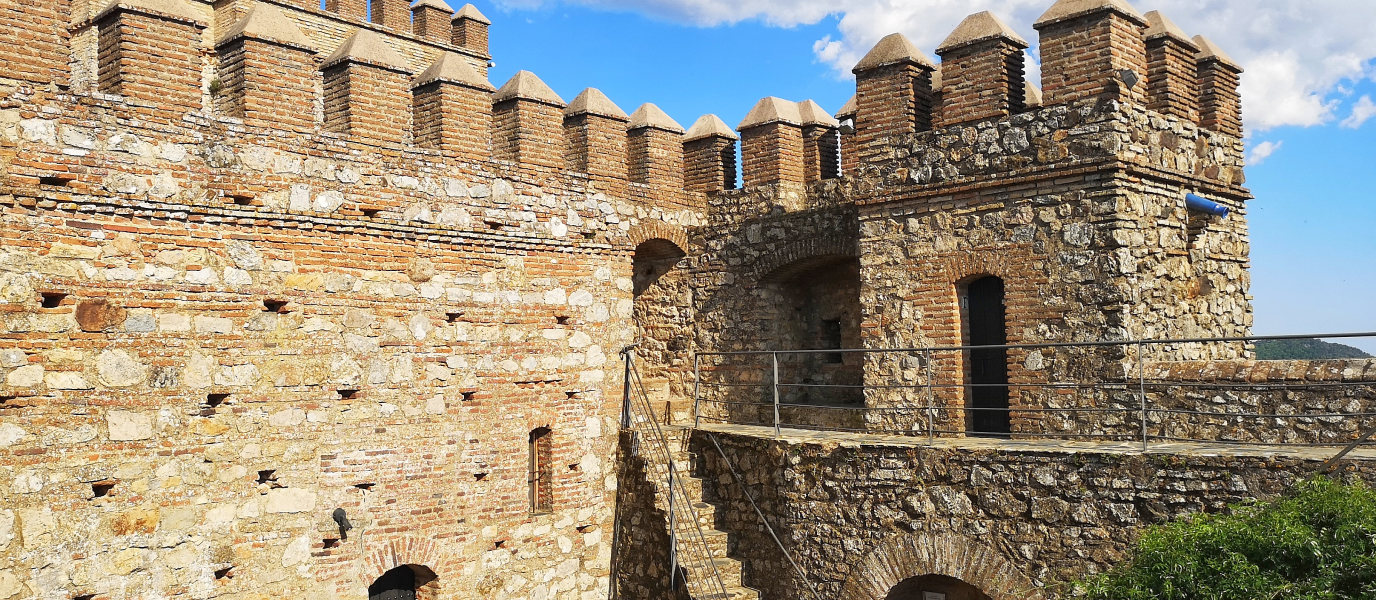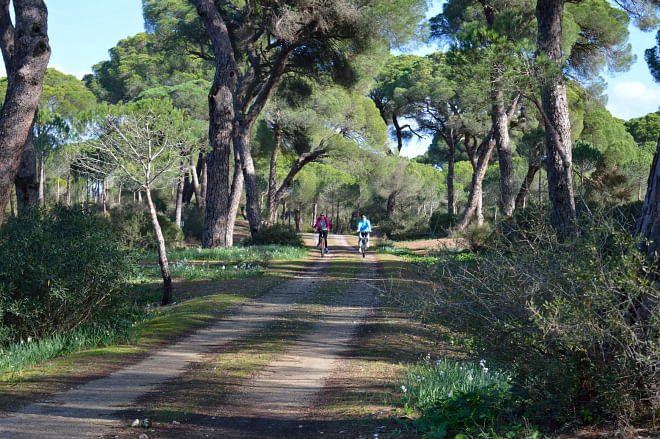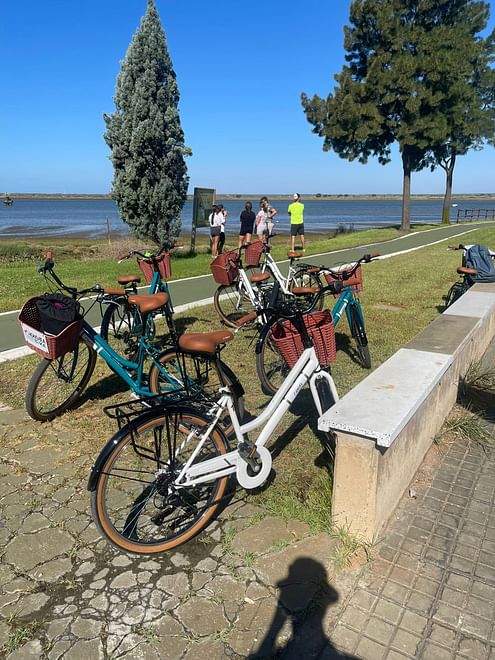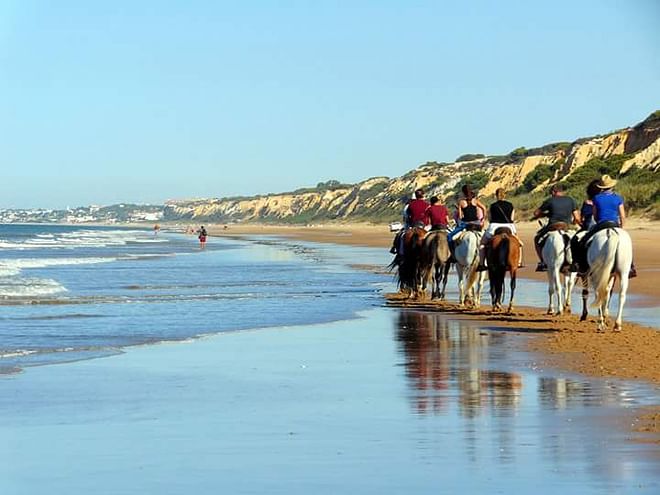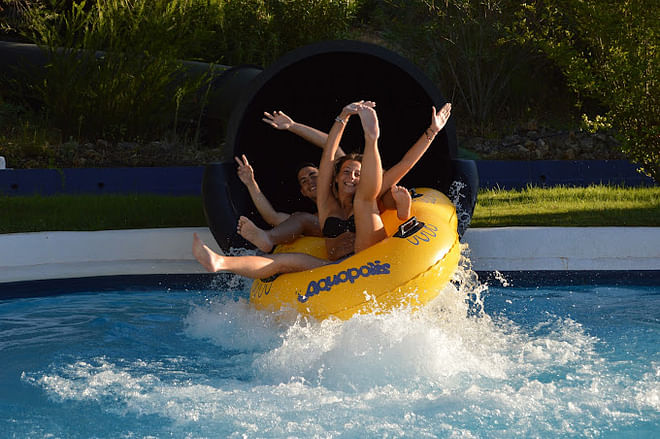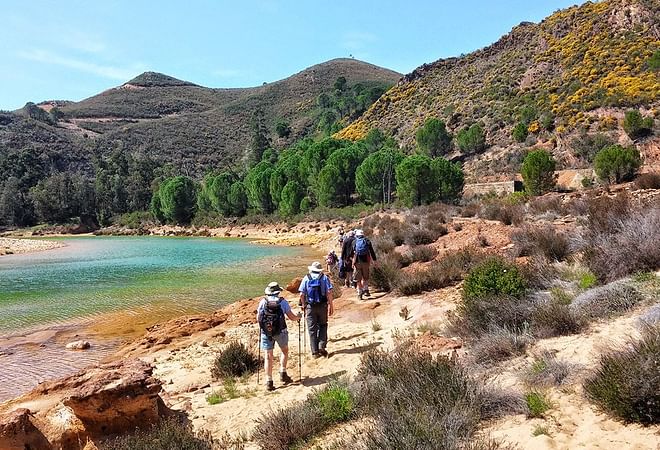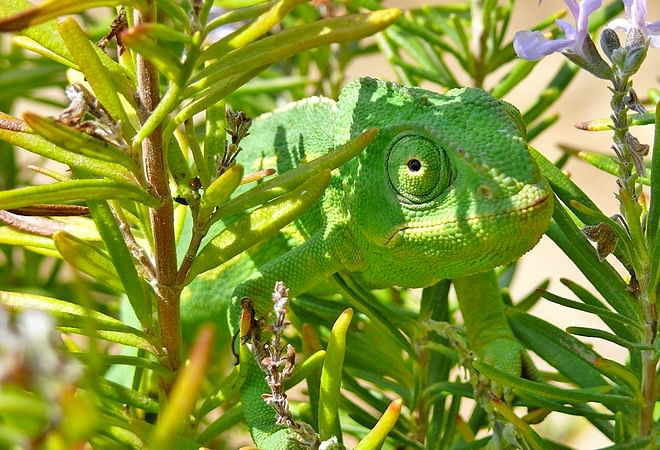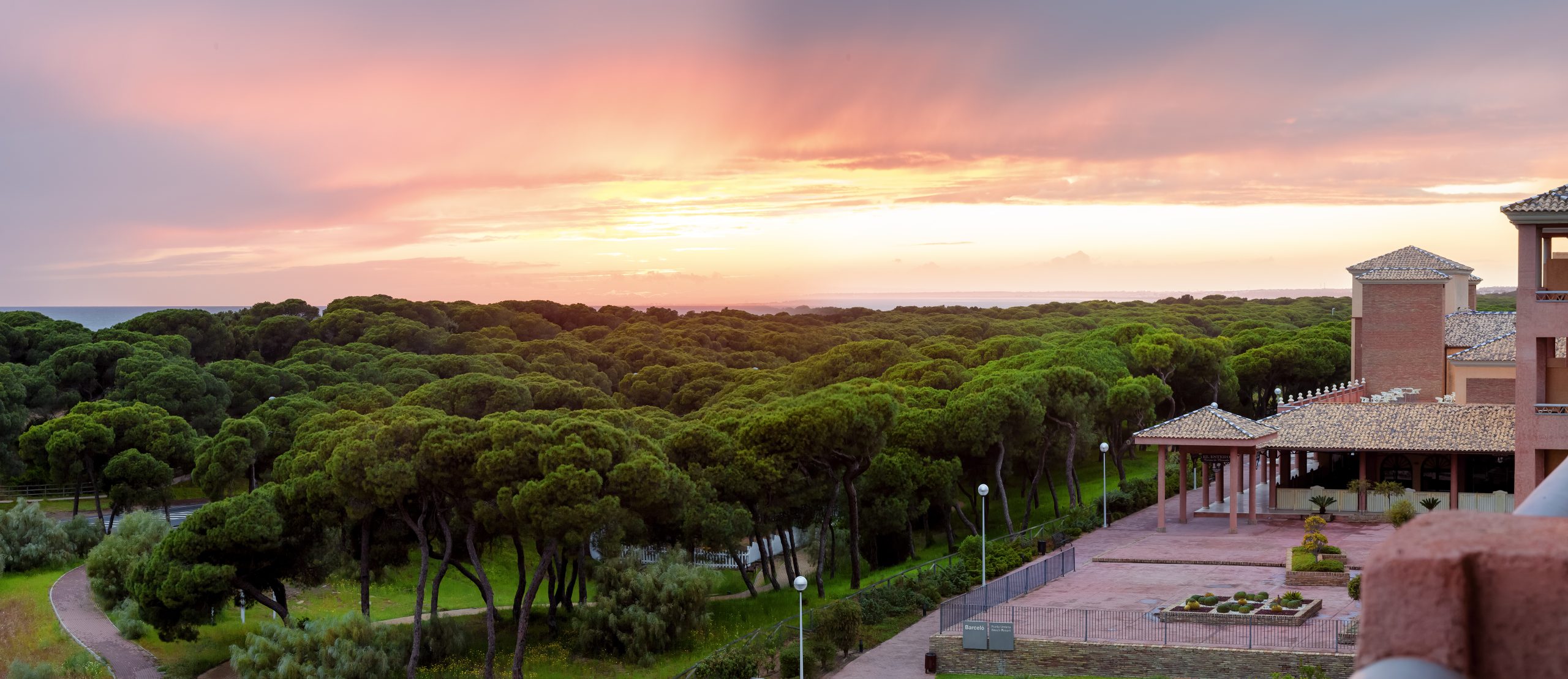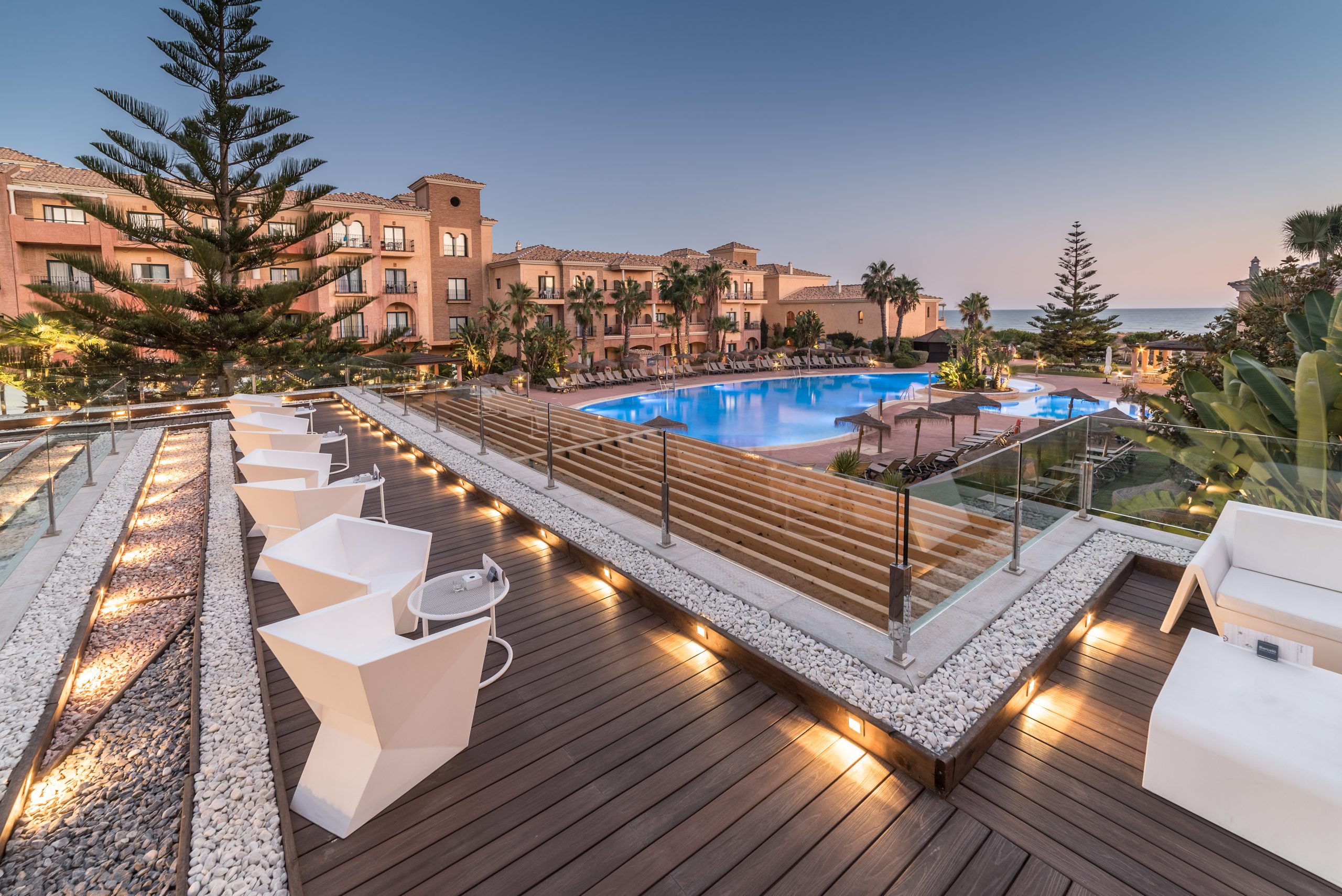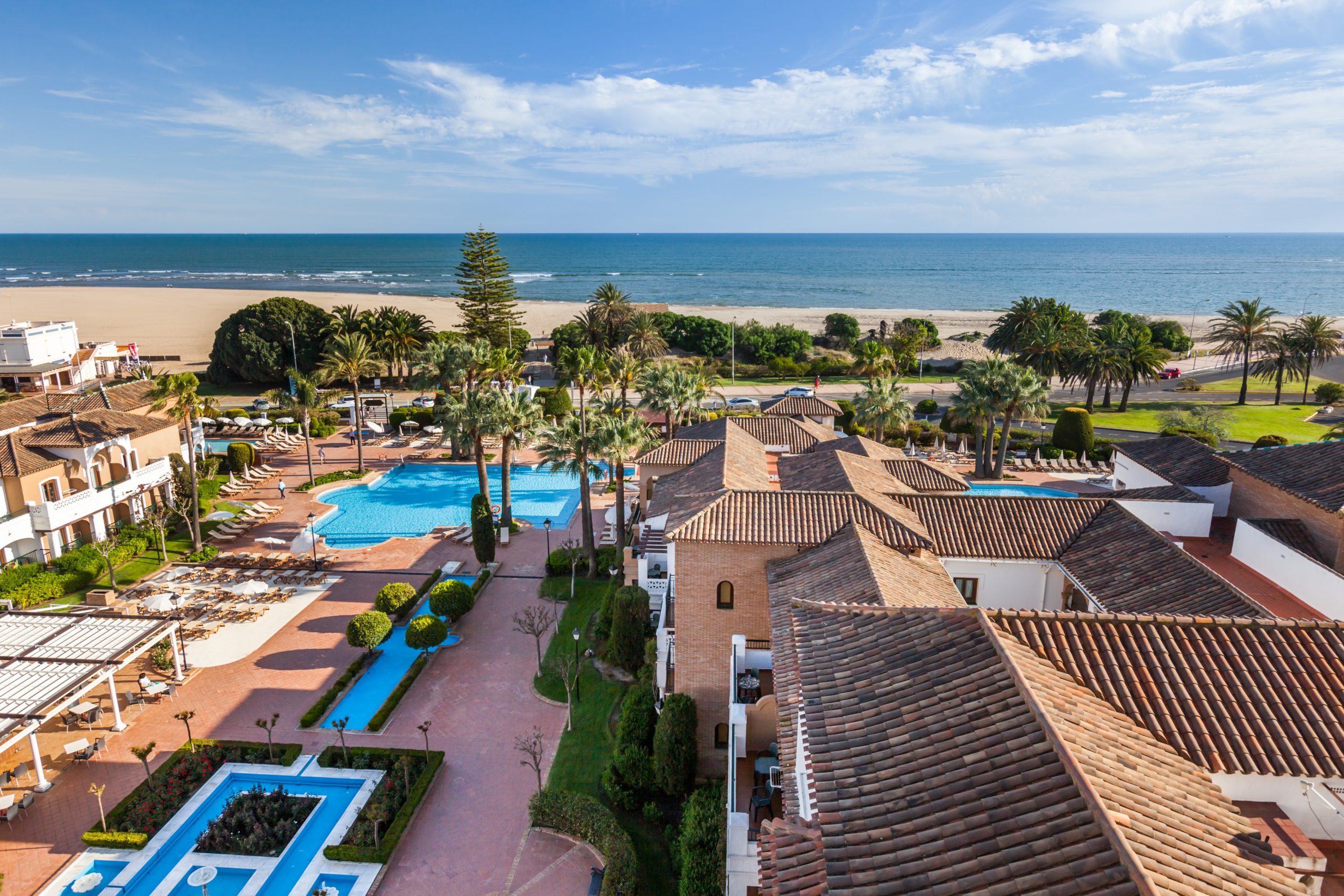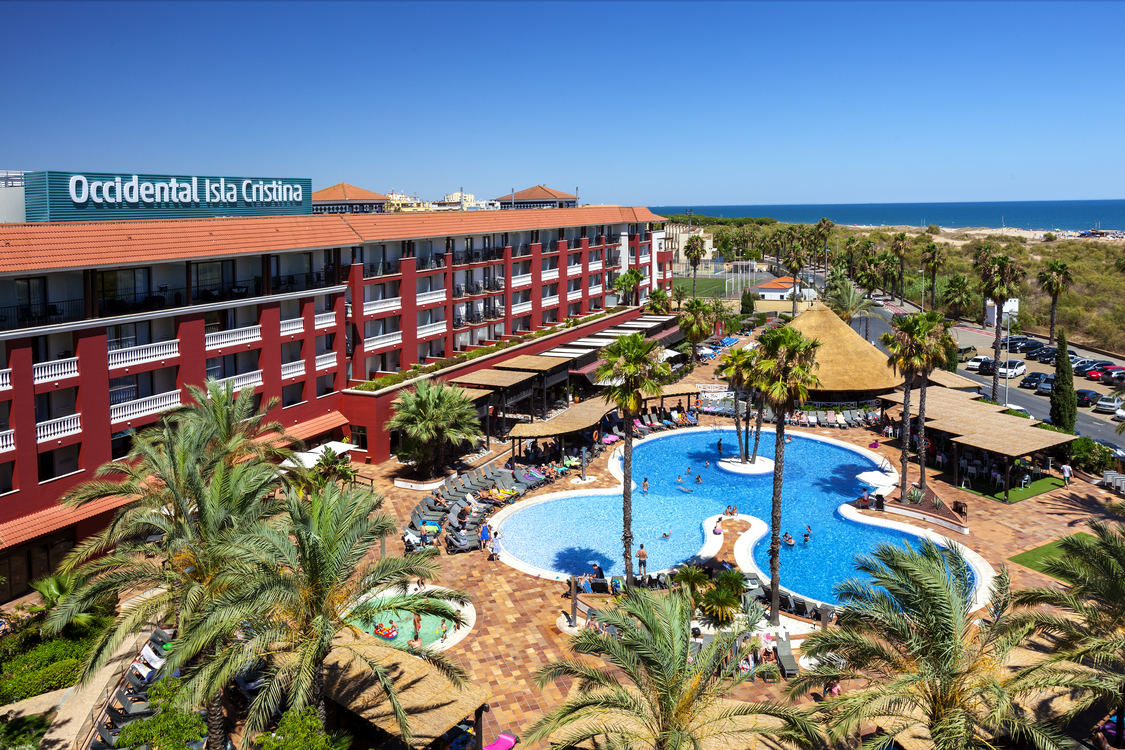If you’re fascinated by the Age of Discovery and the historical figures involved, the town of Palos de la Frontera in the province of Huelva should be top of your list of places to visit. This small town of just 11,000 people is a mere 15 km from the city of Huelva. Palos de la Frontera is the most important stop along the Ruta de los LugaresColombinos – a route through the places visited by Christopher Columbus before setting sail for the New World. The Monasterio de la Rábida, the Casa Museo de los Pinzón, the Iglesia de San Jorge and the Fontanilla are just some of the sites along the way, each of which are immensely valuable from both a historical and artistic perspective.
The town is located near several other interesting places including Playas de Mazagón and the Parque Botánico Celestino Mutis. Keep Reading to findout more.
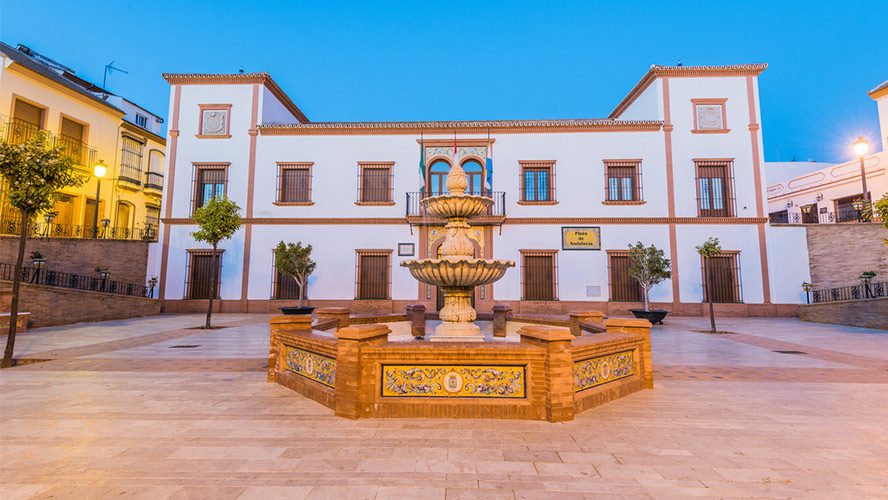
Palos de la Frontera and the Ruta de los Lugares Colombinos
Monasterio de Santa María de La Rábida
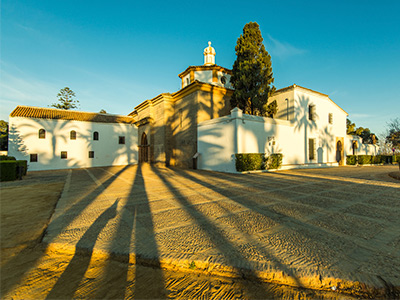
Situated on the outskirts of Palos de la Frontera, by the A-5025 road towards Huelva, is a 14th-century Franciscan monastery which was declared a National Monument in 1856. It has both Gothic and Mudéjar features and is perhaps the most important place along the Ruta de los LugaresColombinos, or ‘Columbian Route’. We know that Christopher Columbus stayed here a few years before his great voyage, and that the support of its monks was key to convincing the Catholic Monarchs to fund the expedition.
The Monasterio de la Rábida also houses the remains of Martín Alonso Pinzón, a famed local sailor who furnished Columbus with ships and accompanied him to the New World.
Monastery aside, this corner of Palos also has a museum exhibiting objects with close ties to the discovery of America.
Wharf of the Caravels
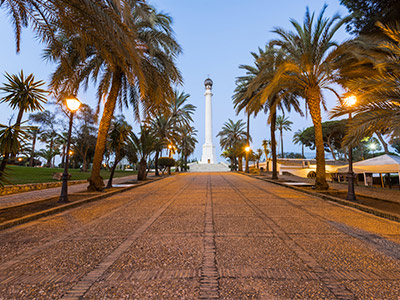
Near the monastery, on the banks of the Río Tinto, is the Wharf of the Caravels, a charming museum founded in 1994 to commemorate the 500th anniversary of Columbus’ discovery. It’s one of the most popular museums in Andalusia. You can visit full size replicas of Columbus’ ships the Niña, the Pinta and the Santa María which set sail together into the unknown on August 3rd 1492. There’s also an Interpretation Centre, a recreation of a port district from the period, and an exhibition on the island of Guanahani, the first dry land found by Columbus and his crew.
Iglesia de San Jorge
Following Columbus’s steps in chronological order takes us to this church in Palos de la Frontera’s old town.It stands very close to the remains of an ancient Moorish castle. The church bore witness to the reading of aproclamation by the Catholic Monarchs enabling crew to be enlisted for Columbus’ ships. The Iglesia de San Jorge is also interesting in its own right as a monument. It has two huge Mudéjar-style doors – the Puerta de América and the Puerta de los Novios – and a magnificent bell tower with a spire clad in tiles.
Fontanilla de Palos
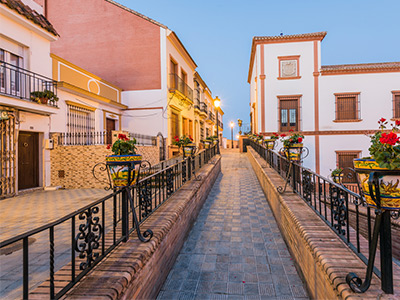
Just 300 metres away is the charming green space called the Parque de la Fontanilla, named after the old brick fountain in the middle. According to historians, the 13th-century Mudéjar fountain provided water for Columbus’ three ships before they set sail. Modest and ancient, it’s surely one of the most original sites you can visit along the ‘Columbian route’.
Casa Museo Martín Alonso Pinzón
Lastly is the Renaissance-style house-turned-museum where Martín Alonso Pinzón (captain of the ship Pinta) lived during the 16th century. The museum contains documentation on the Pinzón family and a range of personal artefacts. Someone who did a tremendous amount to reinstate the importance of this local family was the American writer Washington Irving. After his travels through Andalusia in 1826, he wrote My Journey to the Columbus Memorial Places.
Other places of interest in Palos de la Frontera
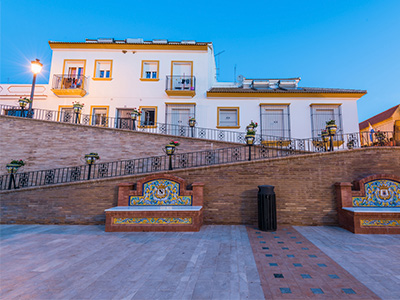
If you’re already an expert on Columbus, it’s time to check out some of the many other fascinating places in and around Palos de la Frontera. Let’s start with Plaza de Andalucía at one end of Calle Rábida. It’s rather like a typical Andalusian patio with its ornamental fountains and tiles wherever you look.
At the other end, next to the Monasterio de la Rábida, is the 12-hectare Parque Botánico Celestino Mutis which, as well as a vast collection of marine and aquatic plant species, has lakes, waterfalls, fish and amphibians.
Where to eat in Palos de la Frontera
Palos de la Frontera is a small town so the food scene here is a bit more limited. That said, there are two places that never fail to impress.
El Bodegón, right in the centre of town, is a rustic establishment where you can expect hearty fare. The grill only burns holm oak firewood and the menu is built around local produce.
Bar 92, also in the old town, has a laid-back, low-key atmosphere and serves the best snails you’ll find in the area.
Feria Medieval del Descubrimiento
If you’re in Palos de la Frontera in March you may get to visit the long-running Medieval Festival of Discovery, held annually around the 15th of the month. It pays tribute to the return of Captain Pinzón in 1493. There are huge navigation-themed parades, Medieval markets and a variety of displays, not to mention a selection of food stalls where you can try the much-loved montado de lomo (a type of pork sandwich) and paella.




































































